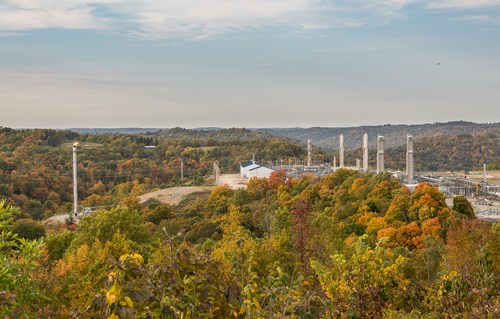
Natural gas revenues in Pennsylvania are estimated to reach a record $275 million in 2022, according to a report from the Independent Fiscal Office (IFO) released Tuesday.
The report on impact fees estimated 2022’s Impact Fee Revenue and Distributions will see a 17 percent increase ($40 million) over 2019 due to rising prices and more drilling.
Impact fees are levied on active wells, per state law, and are given to local governments and state agencies in Pennsylvania for infrastructure projects, emergency services, and environmental uses, among other things.
Instituted in 2021, the impact fees allow county governments to impose fees on unconventional gas producers for each well they start to drill each calendar year. Pennsylvania is the only state in the country that levies an impact fee on unconventional gas operators.
The IFO’s report estimated the collections for calendar year 2022, which will be distributed in April 2023. According to the report, the impact fees exceeded pre-pandemic levels last year after falling substantially in 2020. Local governments collected $200 million in 2019, compared to $146.3 million in 2020. Last year, impact fee revenues rose to $234 million. This year’s estimate is a 37.5 percent increase over pre-pandemic levels.
Impact fees were assessed on more than 11,000 horizontal wells and 11 vertical wells. The increase, the report said, was mainly due to increases in the price of natural gas. Higher per-well fees led to a $34.7 million increase, while new well production led to an additional $5.7 million increase.
The average price of natural gas on the stock exchange for 2022 is $6.64 per MMBtu through November. According to the IFO, when prices go over $6, the impact fee increases by up to $20,000 per horizontal well compared to last year’s levels. The net impact also includes collections from one new well drilled and two aging wells that pay lower fees. The increase in new wells offset the lower fees from the aging wells.